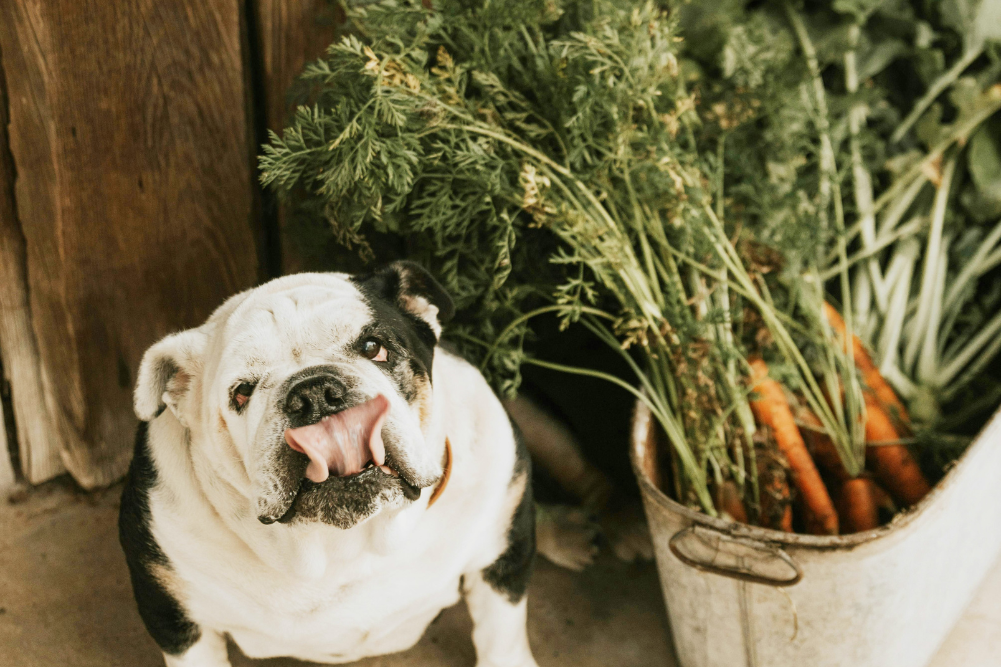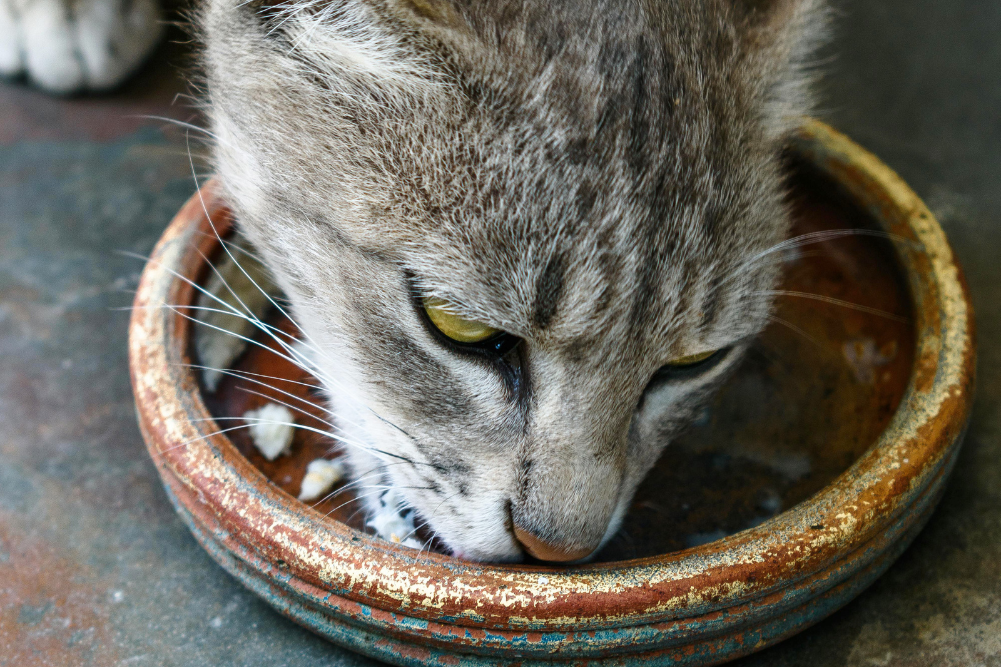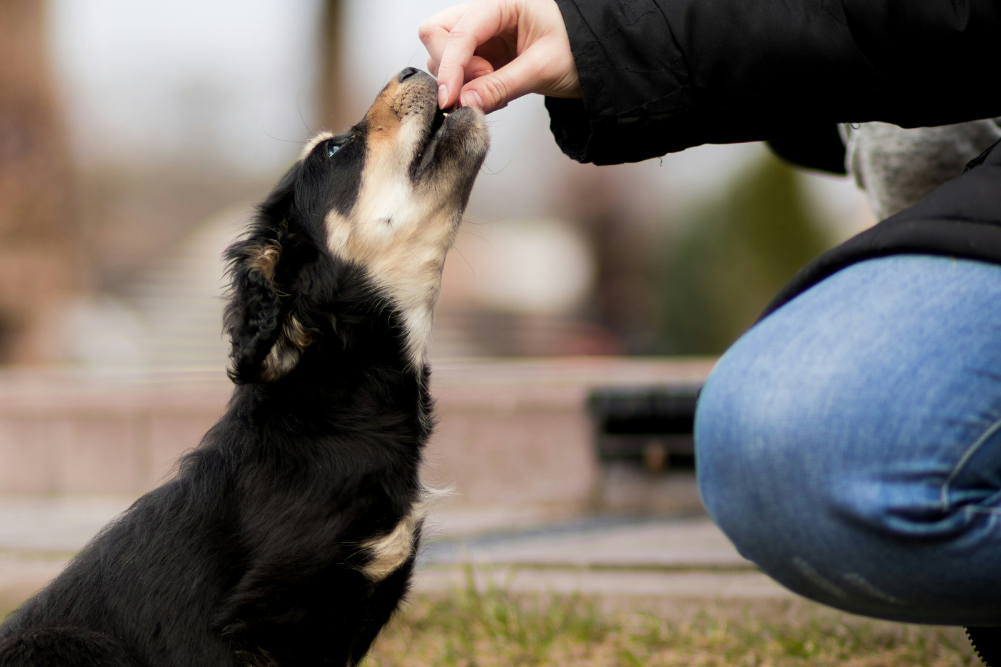The desexing dilemma
Desexing of dogs, or neutering, is the practice of surgically removing, under general anaesthesia, the reproductive organs to prevent unwanted pups. It may also be called “spey” (female dogs) or “castration” (male dogs).
Desexing was started in the US as a way of managing the stray dog population, which had resulted in increased incidence of disease among dogs, and also an increased pool of zoonotic diseases, eg sarcoptic mange, worm infestations and infectious diseases like rabies.
Desexing also reduces some less-than-desirable antisocial behaviour, such as hypersexual behaviour and inter-dog aggression. Desexed female dogs do not undergo the twice-yearly oestrus with resultant bleeding and attraction to males, a hassle for owners. It’s now common practice for young dogs and cats to be desexed at six months of age.
Desexing reduces some less-than-desirable antisocial behaviour, such as hypersexual behaviour and inter-dog aggression.
I was taught, like most of my colleagues, that desexing of female dogs before their first season would benefit their health, with reduced incidence of mammary tumours later in life. It also reduces the incidence of serious uterine infection such as pyometra, which can be life-threatening and require emergency ovariohysterectomy surgery.
For male dogs, neutering reduces the risk of testicular tumours, perianal fistulas and other tumours such as perianal tumours. Entire (non-desexed) male dogs are more likely to have prostate gland problems, although not necessarily increased risk of prostate cancer.
There have recently been articles, however, discussing increased risks of some serious illnesses among dogs that have been desexed, especially if done early. As a result, new puppy owners are asking whether their pet should be desexed at all.
Questions raised
A retrospective study of 2505 Hungarian Vislas, from 1992 to 2008, showed increased rates of some cancers among desexed dogs, as well as increased incidence of behavioural disorders. Another paper discusses the effects of desexing Golden Retrievers. Results show increased incidence of lymphosarcoma, mast cell tumours and haemangiosarcoma, as well as hip dysplasia and cranial cruciate tears among desexed dogs, compared with entire Golden Retrievers. A study of Rottweilers, a breed predisposed to malignant bone cancer (osteosarcoma), showed that early desexed female dogs (before one year of age) have a 25.1 per cent chance of developing the disease. These are alarming findings for those of us working in the animal health industry.
So what do we, as vets and pet owners, do with this vast and rapidly changing information? This is the benefit and curse of the worldwide internet; gone are the days of a single medical textbook that was updated every few years. Local councils in NSW require mandatory registration and microchipping of all dogs and cats. Fees for registration are cheaper for pets that are desexed, and a certificate is required.
Like other aspects of routine veterinary medicine in recent years (that is, annual vaccines and the pet food industry), there is now a need to discuss both the individual and the herd health aspects of these decisions with owners. Armed with both the positive and negative information, we as vets can help pet owners decide which way they want to go with their pets, based on breed, health risks and lifestyle, and ensure they understand the possible ramifications of their decisions.
The holistic perspective
What about the holistic perspective? Holistic medicine is about the animal as a whole. This includes not only the pet’s health but its environment. In most cases, in an urban environment, we may still recommend desexing of dogs (and especially of cats). However, there may be steps we can take to reduce some of the potential risks.
Later desexing, delaying until after the dog is fully grown, may reduce the risk of lymphoma and bone cancer in medium to large breed dogs. Alternatively, new desexing techniques, such as vasectomy or ovarian tubal ligation, may be an option. These will need to be taught at the vet school level and do not remove the risk for testicular tumours, uterine infection or mammary tumours, nor do they reduce behavioural problems such as aggression, but they will prevent breeding.
Holistic medicine is about the animal as a whole. This includes not only the pet’s health but its environment.
There may be diet strategies to help reduce the effects of hormone loss in dogs and cats, and help slow or prevent later disease. Weight gain can be prevented by diets that reduce insulin resistance, as well as regular appropriate exercise. There may be a role for supplements such as antioxidants and omega-3 essential fatty acids. Herbs that support hormones, eg saw palmetto or phytoestrogens, may have a part to play. In traditional Chinese medicine, desexing may deplete or damage kidney yin, or essence, so appropriately prescribed formulae may be used.
These are all new ideas, yet to be fully embraced in veterinary medicine. It may be years before there are broad changes to this routine practice and even more years before the results of such changes are known.








